

Published in the United States of America
by Cherry Lake Publishing
Ann Arbor, Michigan
www.cherrylakepublishing.com
Printed in the United States of America
Corporate Graphics Inc
September 2011
CLFA09
Consultants: Brett Barker, associate professor of history, University of WisconsinMarathon Country; Gall SaundersSmith, associate professor of literacy, Beeghly College of Youngstown State University
Editorial direction: Rebecca Rowell
Design and production: Marie Tupy
Photo credits: North Wind Picture Archives, cover, 1, 5, 7, 10, 13, 16, 19, 21, 22, 23; Tischenko Irina/Shutterstock Images, 8; Christophe Testi/Shutterstock Images, 11; Shutterstock Images, 14; Jerry Moorman/iStockphoto, 15; H. B. Lindsley/Library of Congress 25; Sue Smith/Shutterstock Images. 27; iStockphoto, 30
Copyright 2012 by Cherry Lake Publishing
All right reserved. No part of this book may be reproduced or utilized in any form or by any means without written permission from the publisher.
Library of Congress Cataloging-in-Publication Data
Howell, Brian, 1974
Us growth and change in the 19th century / by Brian Howell.
p. cm. (Language arts explorerHistory digs)
ISBN 978-1-61080-202-4 ISBN 978-1-61080-290-1 (pbk.)
1. Unites StatesHistory19th centuryJuvenile literature. 2. United StatesTerritorial expansionHistory19th centuryJevenlle literature. 3. Industrial revolutionUnites StatesJuvenile liturature. 4. CaliforniaGold disxoveriesJuvenile literature. 5. SlaverySouthern StatesHistory19th centuryJuvenile literature. I. Title. II. Title: U.S. gowth and change in the 19th century.
E337.5.H68 2011
973.5dc22
2011015127
Cherry Lake Publishing would like to acknowledge the work of The Partnership for 21st Century Skills. Please visit www.21stCentyryskills.org for more information.
TABLE OF CONTENTS
You are being given a mission. The facts in What You Know will help you accomplish it. Remember the clues from What You Know while you are reading the story. The clues and the story will help you answer the questions at the end of the book. Have fun on this adventure!
YOUR MISSION
Your mission is to learn to think like a historian. What tools do historians use to research the past? What kinds of questions do they ask, and where do they look for answers? On this assignment, your goal is to learn about expansion and reform in the United States during the nineteenth century. How did the United States expand its territory? Who were Lewis and Clark? How did railroad technology help the United States in its expansion? What made people travel to California? How did expansion affect American Indians? How did Americans respond to slavery? As you learn, remember What You Know.
WHAT YOU KNOW
 American Indians lived in all of what is now the contiguous United States before European settlers arrived.
American Indians lived in all of what is now the contiguous United States before European settlers arrived.
 In 1800, the Mississippi River was the western border of the United States. Most of what we know as the United States today was owned by Spain, France, and Russia.
In 1800, the Mississippi River was the western border of the United States. Most of what we know as the United States today was owned by Spain, France, and Russia.
 Settlers moved and populated the West during the 1800s.
Settlers moved and populated the West during the 1800s.
 By 1867, the United States had grown to include all of the land that is the contiguous United States.
By 1867, the United States had grown to include all of the land that is the contiguous United States.
 Slavery was part of the culture and economy in the southern United States.
Slavery was part of the culture and economy in the southern United States.

Artifacts such as the diary William Clark kept while exploring the West are valuable resources to historians.
Use this book to explore history in ways a historian might. A student is exploring U.S. history during this time while on a school field trip to a local museum. The student kept a journal. Read the journal to carry out your mission.
Entry 1: THE LOUISIANA PURCHASE
Today, my class took a field trip to a museum. We spent the whole day learning about U.S. history in the 1800s. When we arrived at the museum, we met our tour guide, Mr. Patrick. He told us we would get to study many artifacts. Our first stop was to see a copy of the Louisiana Purchase Treaty .
A Lot of Land for Little Money
The Louisiana Purchase, Mr. Patrick said, was the biggest purchase of land in U.S. history.
He explained that before the Louisiana Purchase was made in 1803, there were only 17 U.S. states. With an area of 885,000 square miles, the Louisiana Purchase more than doubled the size of the United States. There was a map of the purchase next to the treaty that showed what the United States got when it bought the Louisiana Territory from France. The territory included much more than Louisiana. It included land that became all or part of Louisiana, Arkansas, Missouri, Iowa, Minnesota, Texas, Oklahoma, Kansas, Nebraska, South Dakota, North Dakota, New Mexico, Colorado, Wyoming, and Montana.
Why would France give up that much land? I asked.
Frances leader, explained Mr. Patrick, was Napoleon I, or Napoleon Bonaparte. He had hopes of creating a French empire in the West that included using Louisiana. But things did not work out the way he had planned. Louisiana would be a great source of grains and other supplies to feed the French slaves in the Caribbean. France had established a colony in Saint-Domingue (now Haiti), but had lost control of it. Disease was also a problem. More than 40,000 soldiers died fighting to regain control of the colony. Others had been affected by yellow fever.

This map of the Louisiana Purchase shows how it more than doubled the size of the United States.
Napolon I must not have had much of an army left, I said.
Well, he had some troops, and around this time, problems with Great Britain arose. So, France needed its troops to fight the British. That left France unable to defend the French territory in the West. Napoleon I also needed money to fund the new war in Europe, so he decided to sell the territory.
Wow, France had a lot going on. But it turned out to be a good thing for the United States, I chimed in.
Thats right, it was, he agreed.
I learned that Thomas Jefferson, who was president at the time, wanted to purchase New Orleans from France. Robert R. Livingston and James Monroe, two U.S. government officials, were authorized to pay as much as $10 million for New Orleans. Instead, France offered the United States a chance to buy all of the Louisiana Territory for $15 million. Livingston and Monroe quickly took the deal.


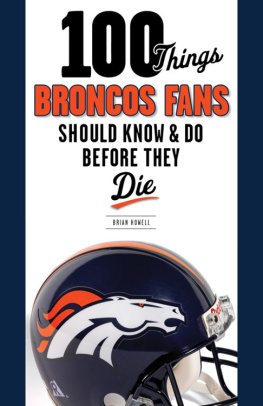
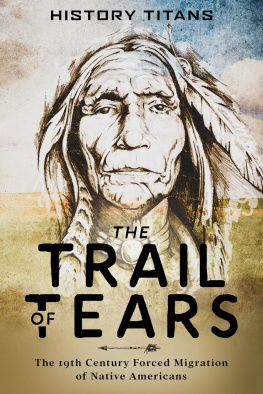

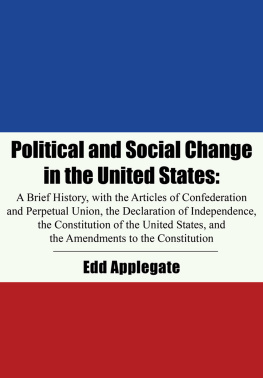



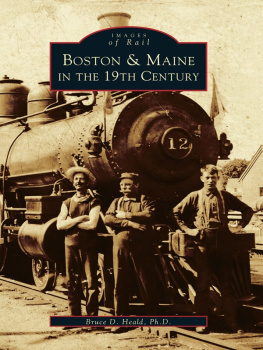


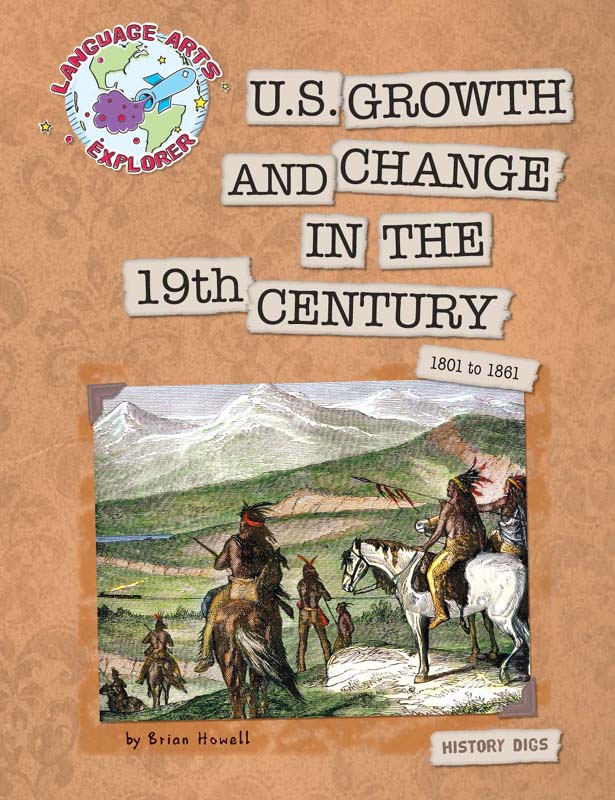


 American Indians lived in all of what is now the contiguous United States before European settlers arrived.
American Indians lived in all of what is now the contiguous United States before European settlers arrived.
